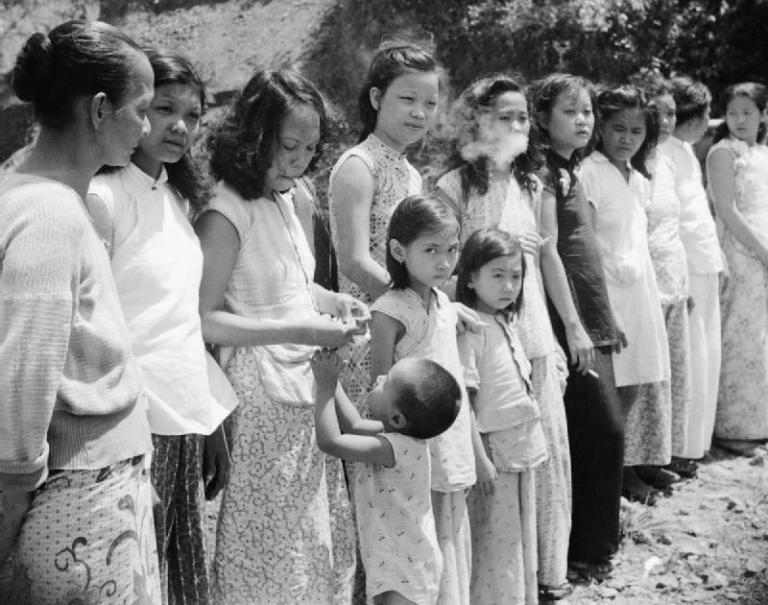“The biopsy was inconclusive.” My reaction to these words show me again how much I want certainty. But certainty is not to be. No closure, no absolute answer, no clear direction. I must make a decision with incomplete evidence.
Hardly a new experience in the scheme of human history. The idea of “closure” is part of the fantasy of certainty. Closure implies perfect release, decisions made on 100% evidence, freedom from second-guessing. Frankly, very little crossover with reality there.
Reality is what the early followers of Jesus found after the crucifixion. All their hopes dashed, no new kingdom established, and no removal of hated oppressors. Instead, they found sorrow and sadness over the death of the one they thought would provide what they wanted: to be powerful and in charge.
Then, as the sun poked up the morning after the Sabbath, the few who stuck with Jesus needed to finalize the burial preparation of the body. All such work necessarily stopped Friday evening at sundown.
The women go to the tomb for that sad task.
The Gospel of Mark, one of the earliest writings, has a particularly poignant and disturbing narrative of the events on that day. In Mark 16, three women walk into that empty hollowed out rock. A Living One tells them that Jesus has been raised up. The women are told to find him in Galilee—a long way from there. The account ends with these words, ‘They got out as fast as they could, beside themselves, their heads swimming. Stunned, they said nothing to anyone. “
At some point, an expanded ending was added to the original, offering more closure and direction. Here, Jesus appeared several times, then told his followers what they should do—go, preach and tell people of the good news. Those who believed would be saved, but those who did not would be damned. Nice, neat package, clear instructions. Very different from the shorter ending.
In many ways that shorter ending is inconclusive, just like my biopsy. No standard actions, beliefs or responses are set out. Just fear, silence and . . . whatever they decide to make of it.
Why was the ending expanded? Well, had I been there, I probably would have written the expansion myself. I, too, want neat directions, closure and clearly written life instructions.
But our lives are a mystery, just as the resurrection that Christians celebrate on Easter Sunday is a mystery. The mystery and uncertainty often deny us closure. They drive us to step with faith into almost everything we do. Our world mimics the shorter ending of Mark. Open ended, generally unsure.
This becomes our adventure in life and faith. We don’t have the ending in advance. We can, however, hold to the hope of a good and holy Creator whose powerful love says, “Live in the mystery of the resurrected life. Trust that I will bring it all together in the end. I won’t make the path clear and you may find yourself afraid, but I will be with you.”
Yes, my own biopsy was inconclusive. I don’t know if I have or have not developed cancer. The decision about treatment becomes yet another step of faith, not made with the kind of certainty that the need for closure demands.
Surgery is inconvenient, and will disturb many of my plans. So is the resurrection—had Jesus just stayed dead, we would have much more certainty.
The resurrection is also inconvenient, frightening, leading to head-swimming uncertainty. What happened? What does it mean? We’ll know only in eternity, but in the meantime, we are given the joy of living in the hope of life after death.
And yes, I shall soon have surgery, putting to death a number of plans, and trusting that life will follow—for this is the nature of God.
Christ is Risen, my friends. Christ is Risen Indeed!












